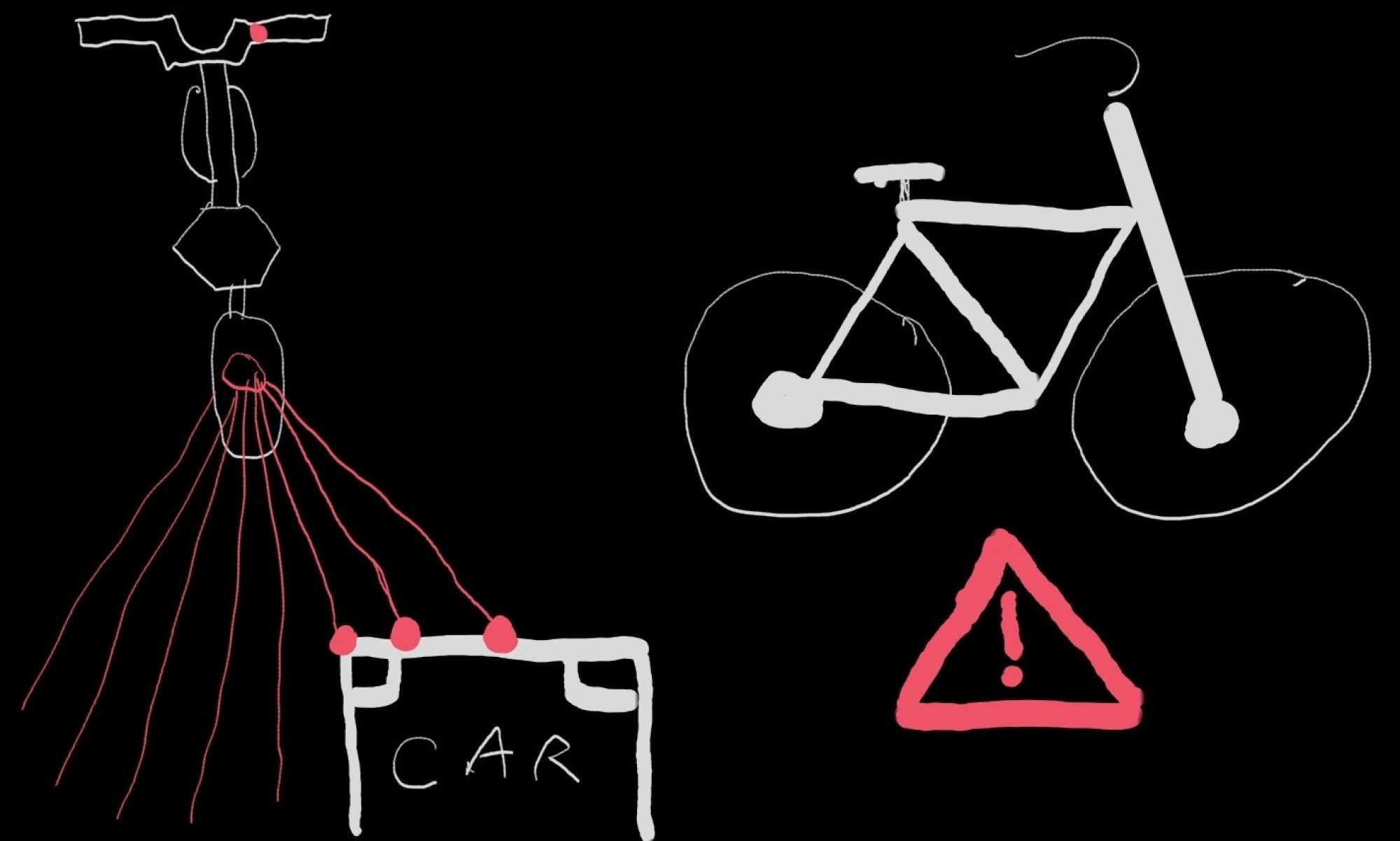This week, I worked on integrating the code from Albany into the STM32 library, and trying to interface with Emily’s LED code by sending LED codes to the LED arduino.
Code integration worked well, as the requirements were communicated well and ahead of time, and Albany left a clean interface to device memory for me to implement. However, interfacing with the Arduino proved much more difficult than usual. My initial idea was to use I2C, but through hours of debugging, including trying different pull-up resistor resistances and using the oscilloscope to debug, I still haven’t been able to get it working. SPI also fails to display any message on the oscilloscope.
My next plan is to work with Emily to interface directly with the STM32 registers without the hardware abstraction library (HAL) that some say is problematic, and if that fails I will fall back onto the inelegant but effective solution of using 6 separate digital pins to output the LED codes directly through GPIO. Before this is done, however, I am able to get the LED codes to output through USB serial, so debugging and optimizing Albany’s code can continue.



